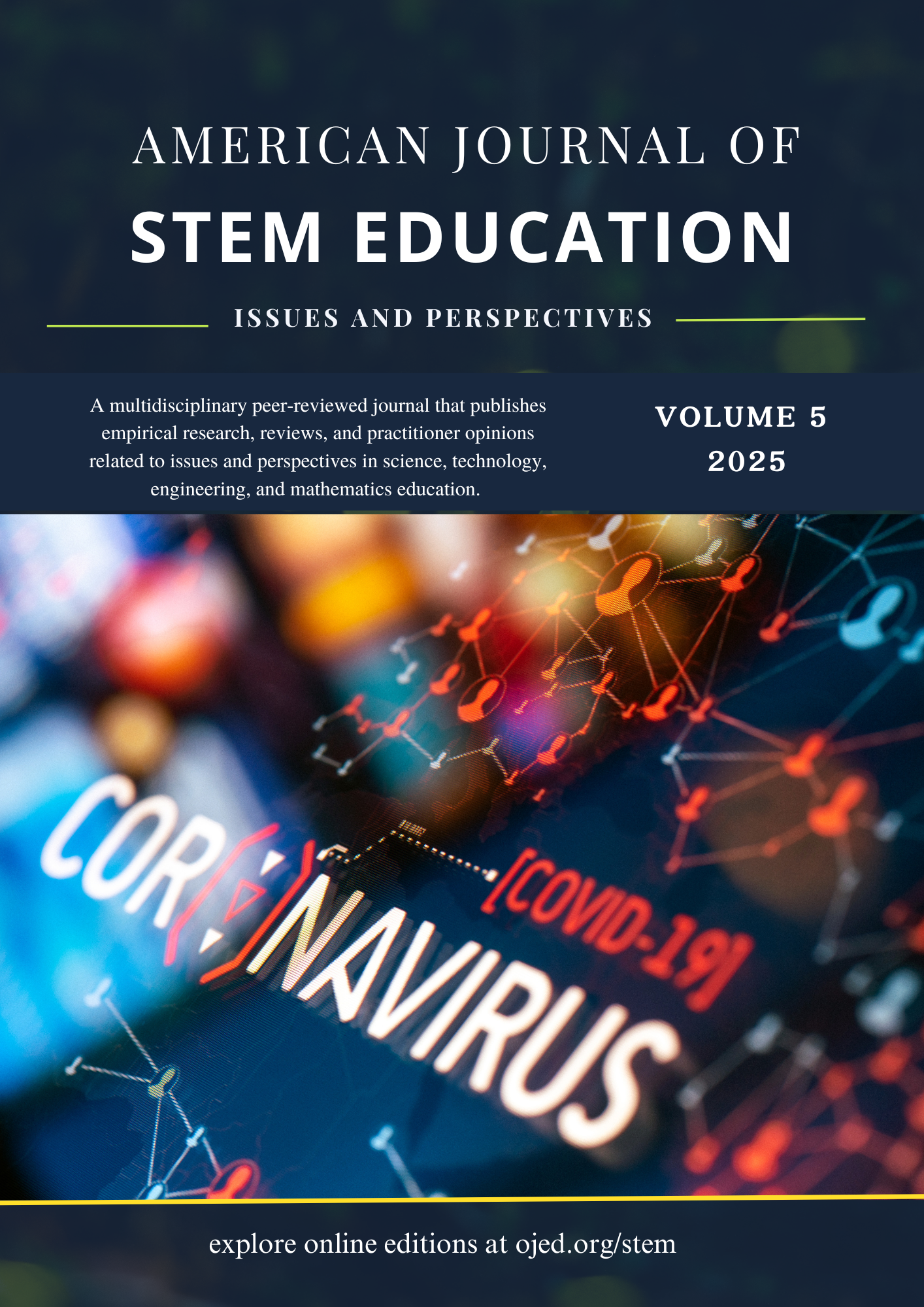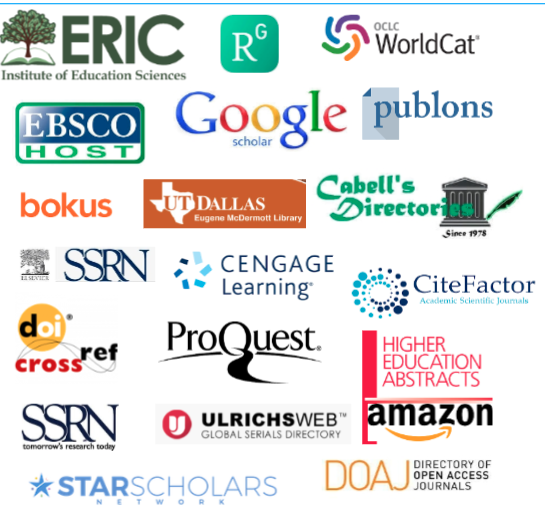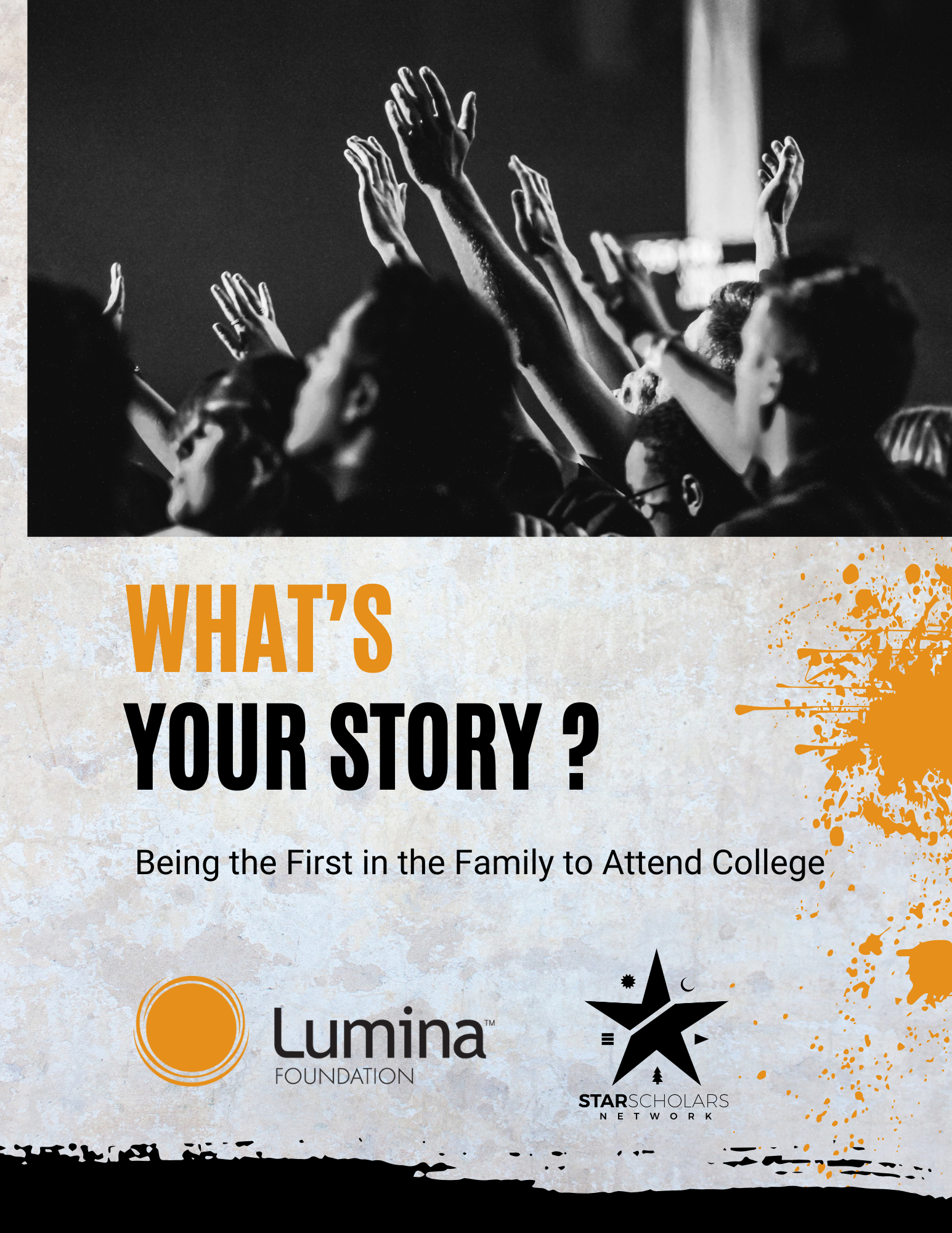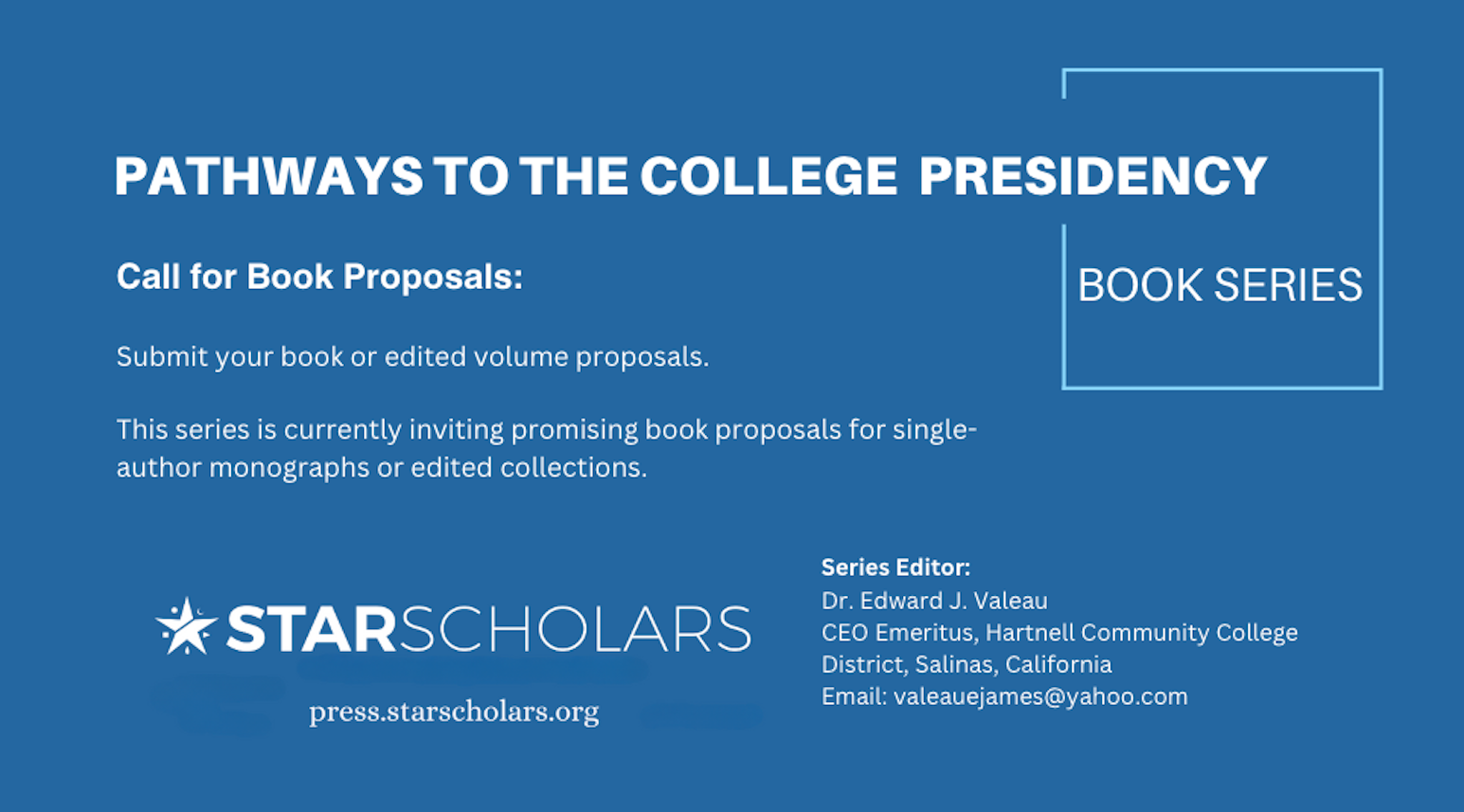Effects of videos with AI-generated images to provide students with authentic and diverse insights into STEM occupations
DOI:
https://doi.org/10.32674/edckb827Keywords:
STEM Education, Artificial Intelligence, Career Orientation, Extracurricular ActivitiesAbstract
Societies around the world are facing a shortage of STEM professionals. In this context, the lack of students' interest in STEM-related fields of study and occupations, especially of underrepresented groups, needs to be addressed. This article reports on the results of an extracurricular STEM intervention with elements of image-generating artificial intelligence (AI) as a career orientation measure. The AI-generated images were edited into videos with auditory explanations, shedding light on various aspects of the work of STEM professionals and aiming to show a diverse picture of people working in STEM occupations. A quantitative pre-post survey with a control group (N=137) showed that the videos had no significant influence on STEM interest (p = .374), career-related STEM self-efficacy expectations (p = .422), career-related STEM outcome expectations (p = .896) and STEM career aspirations (p = .780). At the same time, there were indications that the videos had a non-significant beneficial effect. A more prominent integration of the videos into the lesson context and in a more diverse sample may lead to positive effects of video use in the future.

 Call for Special Issue Proposals
Call for Special Issue Proposals 


